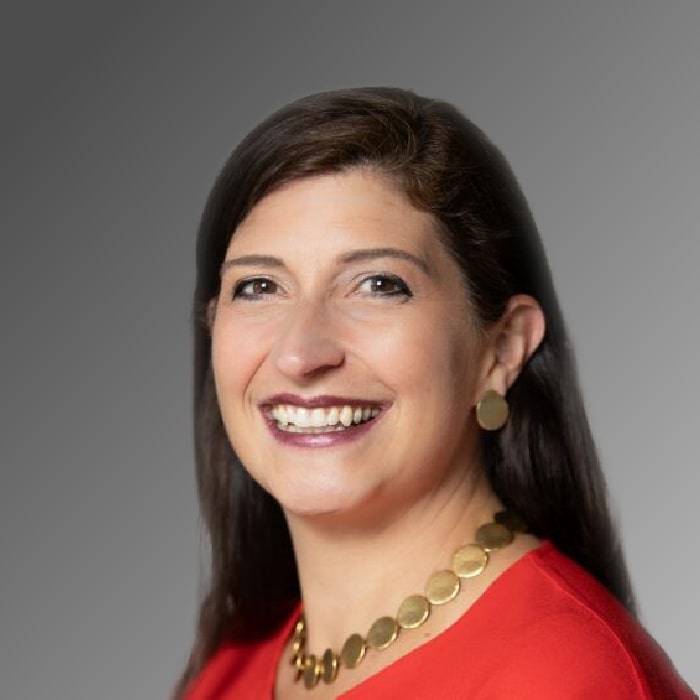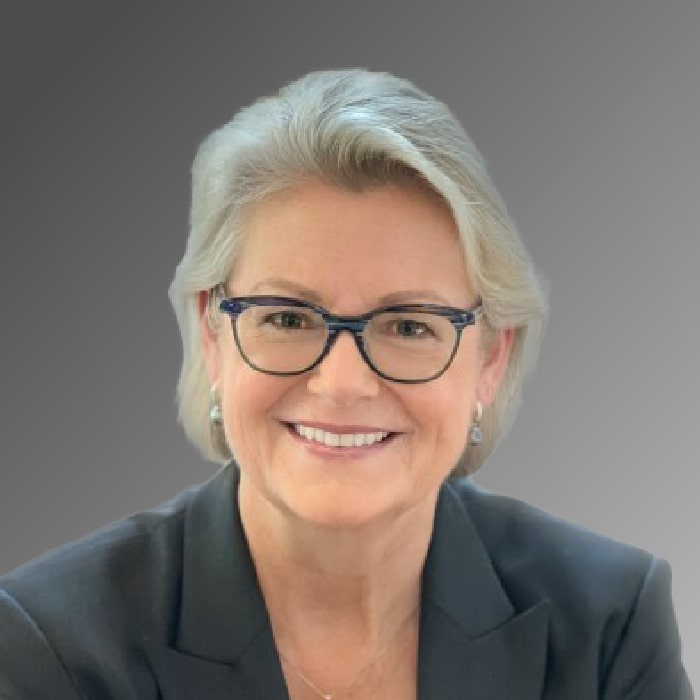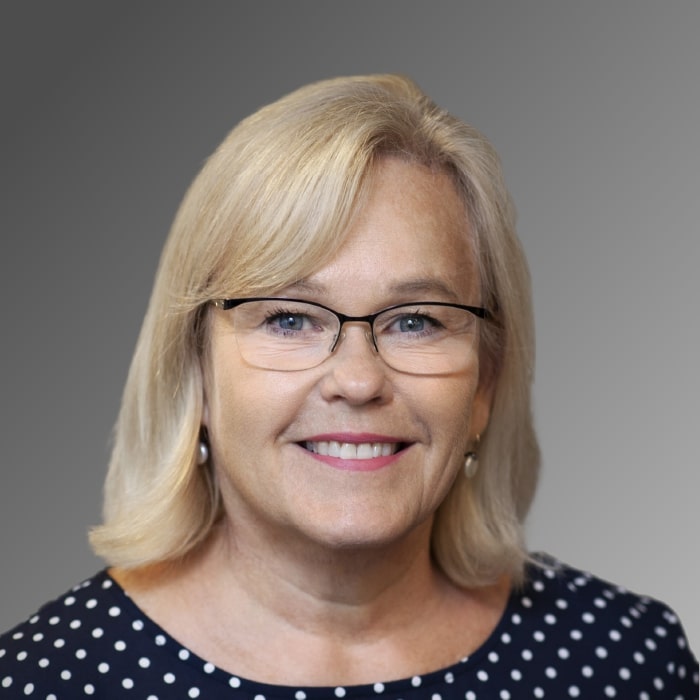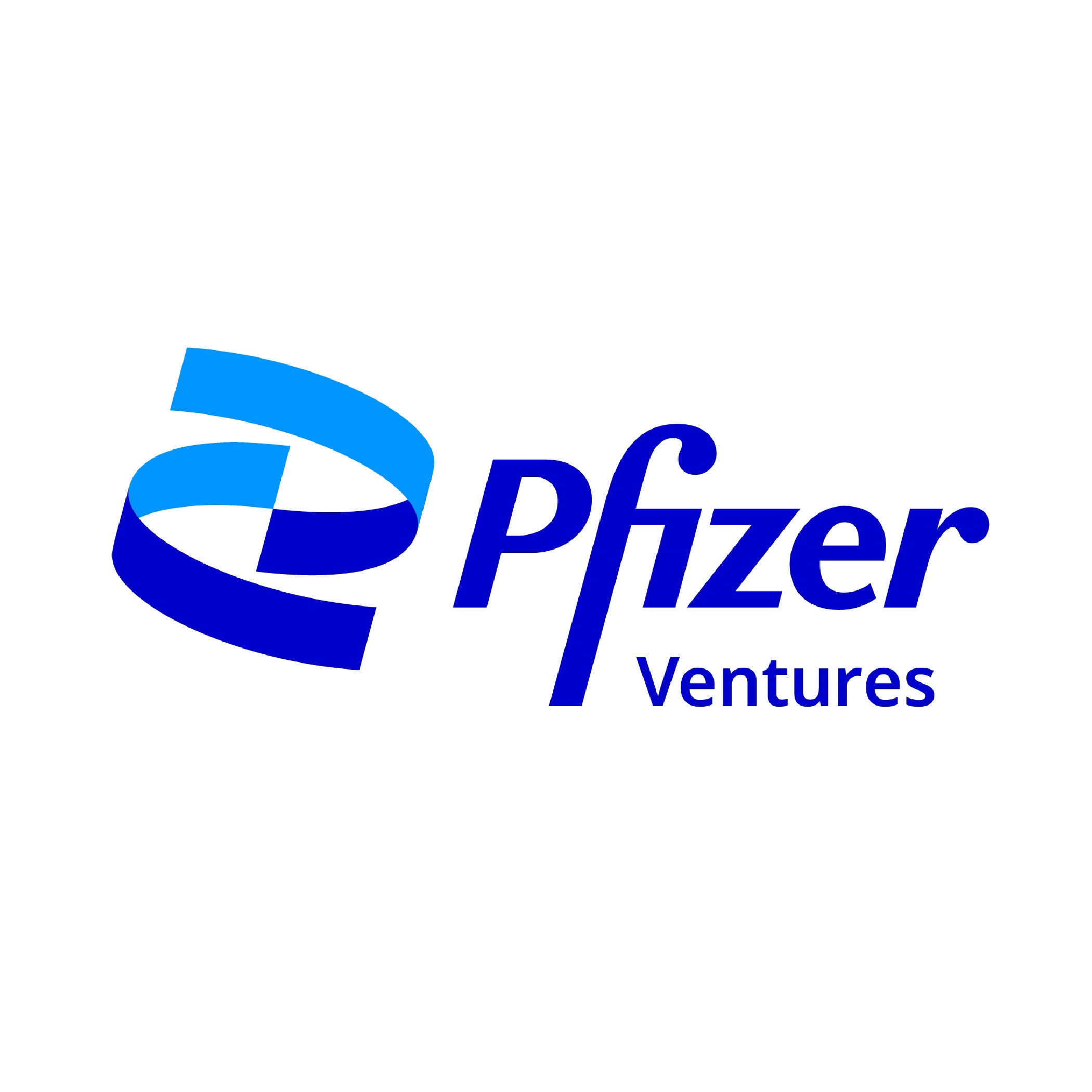How Megann Watters Turned Science-First Investing into Strategic Wins at LabCorp
Interviewed March 19th, 2025 | Corporate Venturing Insider #103 | GCV Monterey
In episode #103 of Corporate Venturing Insider, Nicolas Sauvage sits down with Megann Vaughn Waters, Head of New Ventures and Strategic Alliances at LabCorp, for an in-depth conversation about her career journey — and how she helped architect one of healthcare’s most strategic corporate venture capital (CVC) initiatives.

Recorded live at the 2025 GCVI Summit in Monterey, Waters shares how she evolved from a biomedical engineer to corporate development, providing lessons for CVC leaders seeking to blend science, strategy, and scalable innovation.
From Tissue Engineering to Corporate Strategy
Waters’ path into corporate venture wasn’t traditional. “I was a biomedical engineer in college, working in a tissue engineering lab that spun out Humacyte, now a publicly traded company,” she recalled. Early exposure to commercialization planted the seed: innovation would be her long-term playground.
After college, she moved to Washington, D.C., and joined the U.S. Patent and Trademark Office. “I was reviewing medical device patents, but eventually realized I wanted to be closer to the strategy and business side of technology,” she said. This realization prompted her to pursue an MBA focused on strategy and health sector management — setting the stage for her future at LabCorp.
Joining LabCorp in 2011 through its Leadership Development Program, Waters initially handled licensing and corporate development deals. But seismic changes in the diagnostics landscape — such as the Myriad and Prometheus patent decisions and the rise of affordable sequencing technology — reshaped her focus.
“Straightforward licensing and acquisitions became less attractive. We needed to get upstream, sponsor research, and manage risk differently,” she said.
Founding the LabCorp Venture Fund
Recognizing the shifting environment, Waters and a colleague pitched a bold idea to LabCorp’s CEO: start a corporate venture fund.
“It was actually a pretty easy sell,” she recalled. “Our CEO at the time loved deals and was supportive of strategic investments.”
The LabCorp Venture Fund was born — not as a spinout or executive mandate, but as a ground-up initiative driven by strategic foresight. From the outset, the fund focused on early-stage health tech and adjacent innovations that could impact LabCorp’s broad customer base, from patients to payers.
A unique structural advantage? LabCorp’s Executive Committee (EC) also served as the Investment Committee (IC). “They were intimately involved from the start, which made it feel like it was something they were doing too,” Waters noted. “It is fun to discuss new exciting technology. Also it’s a break from the usual grind.”
The fund’s operations are built around flexibility: the New Ventures and Strategic Alliances team manages everything from sponsored research and co-development to licensing and equity investments. “It allows us to meet innovators where they are,” Waters said.
Building Networks: Syndicates, Not Silos
Initially, Waters and her team leaned heavily on fund-of-fund investments to learn venture investing quickly. “We didn’t have finance backgrounds — we were science-first people,” she laughed. Early LP investments in five healthcare funds allowed LabCorp to access deal flow, benchmark diligence processes, and learn best practices.
But LabCorp’s strategy soon shifted toward direct investments while maintaining strong relationships with other venture funds. “We set up quarterly meetings with 20–30 healthcare VCs to share deal flow and diligence insights,” she explained. “It created mutual value, even when we weren’t LPs.”
This syndicate-building approach remains a cornerstone of LabCorp’s strategy. “As strategic minority investors, we don’t lead rounds, so knowing great lead investors and co-investors is critical,” Waters emphasized.
Observers, Not Owners
One key philosophical choice: LabCorp only takes board observer seats, not full board seats.
“Our legal team felt strongly about avoiding fiduciary conflicts,” Waters explained. “We’re here for strategic insight and collaboration — not governance.”
The board observer role, however, is far from passive. More than 60% of LabCorp’s active portfolio has additional partnerships — ranging from pilot studies and R&D collaborations to commercial co-promotions.
“We require board observer rights from the start now,” Waters said. “Otherwise, you risk losing visibility into the company’s progress — especially if there isn’t an immediate partnership.”
Reserved and Ready: Follow-on Strategies
Given that LabCorp often invests at the seed or Series A stage, maintaining capital for follow-on rounds became a strategic imperative.
“We like to maintain our pro rata share to send a positive signal to other investors,” Waters shared. “It shows we’re continuing to back the companies we believe in.”
Occasionally, LabCorp makes larger strategic bets tied to deeper partnerships or acquisition options. However, Waters emphasized, “That’s not the norm. Our goal remains strategic insight, not control.”
Strategic Insight Over First Rights
Unlike many corporate investors, LabCorp deliberately avoids first right of refusal (ROFR) clauses in its investment agreements.
“ROFRs make other investors nervous. We don’t want to limit a company’s potential exit opportunities,” Waters said. Instead, LabCorp uses notification rights: portfolio companies must inform them before being acquired, particularly if by a competitor.
“The Right of First Refusal can be problematic because it forces a single choice during an acquisition,” she explained. “In contrast, the Right of Notification is where we got comfortable — it simply adds LabCorp as one more potential bidder. Even if we’re not the acquirer, we still want the best possible outcome for our investment.”
Scaling the Team: Balancing Science and Finance
In the early days, Waters primarily recruited internal talent from LabCorp’s MBA leadership program. “Everyone was like me — excited about science and technology,” she said.
But over time, she recognized the need for financial acumen, too. “We needed people who cared about the numbers,” she acknowledged. Today, LabCorp’s venture team includes former bankers, PhDs, MDs, and business operators, creating a robust cross-functional skillset.
She also smartly leveraged internal programs to pull talent. “Internal hires already have networks across LabCorp,” Waters noted. “That’s invaluable for making partnerships happen.”
Mitigating Technology Bias
One common pitfall for science-driven teams is “falling in love” with exciting technologies. Waters admitted it was a learning curve: “Just because something is scientifically interesting doesn’t mean it will be commercially viable.”
Now, their diligence process puts just as much weight on market viability, management team strength, and commercial pathways as on scientific merit.
“We’re looking for leadership teams that know what they don’t know and are willing to build great cross-functional teams around them,” she said.
Building Community at GCV and Beyond
Waters expressed her appreciation for the GCV community and shared her excitement at attending her first GCV Innovation Summit. “San Francisco is a bit of a trek from North Carolina,” she laughed.
During the pandemic, Waters helped launch the GCV Healthcare Council — a network where healthcare CVC leaders regularly shared challenges, best practices, and ways to measure strategic impact. She credits those conversations with helping shape LabCorp’s venture fund approach and deepen her understanding of the broader ecosystem.
“We all want to demonstrate the strategic value of CVCs — not just the financial returns,” she emphasized. “And by sharing best practices, we help raise the bar for everyone.”
Final Nugget: Ask the Simple Questions
As the episode came to a close, Waters offered one final piece of advice for CVC leaders struggling to track strategic ROI: Just ask.
Rather than relying solely on board observers or informal updates, LabCorp’s venture team developed a simple, one-page template for CEOs to complete each quarter.
“We just ask: What do you want our CEO and Investment Committee to know about your company this quarter?” Waters explained. “It’s a short update — highlights, milestones, fundraising status — but it unlocks so much insight.”
By keeping the request focused and easy to complete, LabCorp found that CEOs responded quickly and enthusiastically, giving the team a clear, timely view of strategic progress across the portfolio.

 Minority investors risk being left in the dark without a seat at the table. Secure board observer rights from the start to stay connected, maintain visibility, and avoid legal conflicts.
Minority investors risk being left in the dark without a seat at the table. Secure board observer rights from the start to stay connected, maintain visibility, and avoid legal conflicts. 



















